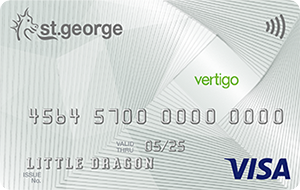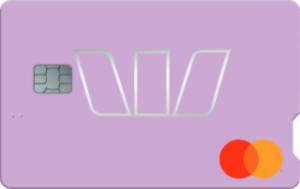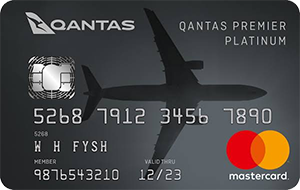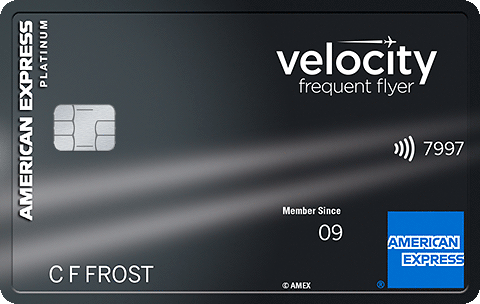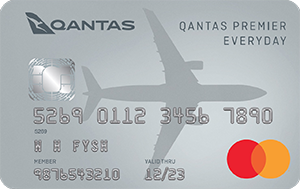
Hi, I’m a personal finance expert who loves to help you out! I’ll answer your question within a business day. Pinky swear.

Credit card debt is a big deal for many people, with data from the Reserve Bank of Australia showing it is now worth over $34 billion. Add to that the fact that Australians pay a collective total of $6.2 billion in interest, and it is no wonder balance transfer deals are experiencing a surge in popularity.
The government-backed service has found around two million Australians do not pay off credit card debt in full each month, and the average debt per cardholder is $4199.10. While paying 0% interest sounds like the best way to deal with this kind of debt, the limited timeframes of balance transfer offers mean many people end up carrying a balance with them when rates revert.
In fact, without the right mindset behind the decision, it can be tricky to use a balance transfer card to deal with debt. As CHOICE surmises in its industry report on balance transfer credit cards, “for the unsuspecting or undisciplined, balance transfer cards can be a disaster”.
“Card companies also use balance transfers to reel people in with tempting offers but then slug them with catches can create bigger interest bills than before.”
These offers, however, can be a way out when they are used wisely. So the following steps are designed to help you use balance transfer credit cards to your advantage so that you can pay down your debt and avoid falling into an even bigger debt trap when rates revert.
On This Page
Introduction
- Budget for the balance transfer
- Compare balance transfer cards
- Factor in fees
- What to do when a balance transfer is being processed
- Using credit when you have a balance
Budget for the balance transfer
Whether we’re talking about a debt that’s worth hundreds of dollars or one that’s worth thousands, making a budget for repayments is the best place to start.
As MoneySmart puts it: “Before you even start sorting out your credit card debt you should look at doing a budget to see how much money you can spare each month to put towards your credit card debts.”
This step will give you a clear idea of how long it will take to pay down the debt so that you can consider what kind of balance transfer offer is best for you.
A basic way to estimate your budget is to calculate your income versus your essential expenses and then see how much is left over for things like luxuries and debt. Using a service like the MoneySmart budget planner will help you figure your budget out thoroughly without too much time or effort.
The most important thing in this step is to be realistic. If you find that your budget says you have $500 a month left over, for example, consider whether or not you would actually want or be able to pay this amount off your card every month. What about other expenses that could arise in that time? Or things you might have forgot when drawing up the budget?
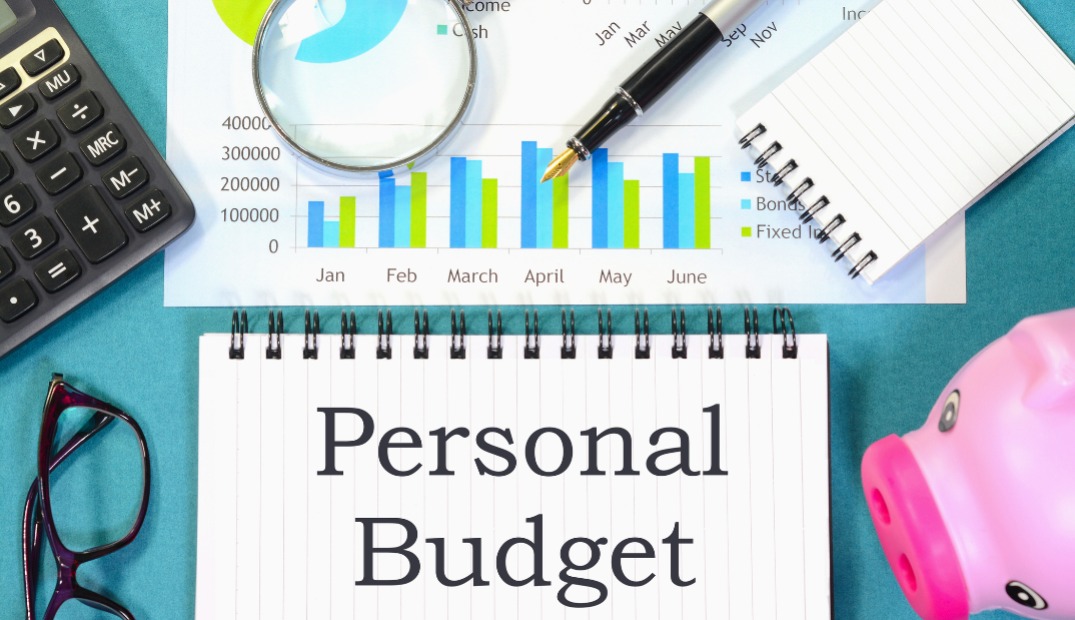
The bottom line is this: you don’t have to use all your money to pay down the debt, but just an amount that you feel is sustainable each month. Then you can figure out how long it will take to deal with the debt.
Compare balance transfer credit cards
After deciding on a monthly repayment amount and considering how long it would take you to pay off your current credit card balance, you can start looking for credit cards that have the best balance transfer offers for your circumstances.
The two most important introductory features are the length of the balance transfer and the interest rate because they will help you narrow down the list of balance transfers to the most affordable options.
If you think you can pay down the debt in nine months, for example, you might be able to find a card with 0% for that exact timeframe. If your credit card debt will take over a year to deal with, on the other hand, finding a balance transfer credit card with the longest introductory period could be better – even if it is not 0%.
The other important feature to consider before applying for a balance transfer is the standard balance transfer rate. This is the interest rate that will be charged once the honeymoon period is over and, while it could be the same as the standard purchase rate or cash advance rate, sometimes it is as high as 21.99% per annum.
After these features have been considered, you will be able to compare the other elements of each credit card to help you make a decision. These features include:
- The annual fee,
- Fees that could be charged for late payments, going over your limit etc,
- The availability of interest free days,
- Complimentary extras such as insurance; and
- Other introductory offers, such as lower purchase rates.
There are usually a number of features that will appeal to you when you compare credit cards, but focusing your comparison on what you need will help you keep paying down your debt a priority.
Factor in fees
As well as considering fees when you are comparing credit cards, it is important to factor them into your repayments. Whether it is an annual fee, a balance transfer fee or any other new charge on the account, it will go on the card as a new charge and count towards the total balance.
But because these fees are considered new charges, interest rates could apply. What’s more is that because issuers generally apply payments to the balance that is charged the highest rate of interest, you could end up with less taken off your balance than you initially estimated.
To put this into perspective: let’s say you have a balance transfer credit card offering 0% interest for 12 months and a debt of $3000 that you plan to pay off at $250 per month. If this card had an annual fee of $150, then only $100 of your monthly payment would go towards your original debt and it would take you at least an extra month to completely clear your balance.
While an extra repayment might not seem like much in this scenario, it can be a shock and a struggle to deal with it if you don’t realise it’s coming. So being aware of what fees will be charged and factoring them into your budget will help you stay on track with your payments.
What to do when a balance transfer is being processed
So you have found a great balance transfer card, applied for it and got your approval notice. That means it’s all sorted, right? Not quite, actually.
The balance transfer process could take as long as 20 working days to be completed. First, it can take up to 10 working days for your account to be activated, and then up to another 10 days for your balance to be transferred from the old card to the new one.
The potential length of this process means that it is important to continue making repayments on your existing credit card until you know the balance transfer is completed. Most banks also recommend checking your account balance to see when the balance transfer is added to your new credit card (or when it is cleared from the old one).
During this period of time, as well as making any minimum repayments you may need to meet, you could also consider putting money in your new account for any of the fees mentioned above. That way, when the balance is in your account, it will be the only amount you have to think about.
Using credit when you have a balance
Carrying in a balance and making a commitment to pay it down doesn’t mean that the temptation or need for credit will disappear during this timeframe. So how do you manage new purchases you want to make with credit during this time?
The first thing to do is consider whether or not you need to use credit for the purchases that you want to make. Can you pay for things in instalments or save up for them instead? If not, you have a couple of options:
- You could add it to your new card and adjust your budget accordingly; or
- You could charge it to your older credit card account and repay it separately.
It is worth noting that the second option could be better. Depending on how much time has passed, and how you previously used that account, you could have access to interest free days on your old credit card. That means up to 55 days where you can pay off the charge without worrying about interest and without adjusting your initial debt repayment plan (assuming you have budgeted for extra expenses).
Keep in mind, however, that juggling multiple credit cards and multiple debts comes with a whole other set of risks. So while it is possible to use credit when you have a balance, it is best to avoid it as much as you can.
Conclusion
While balance transfer credit cards have the potential to lead to even more credit card debt, they also offer an affordable way out of constantly carrying a credit card balance. It really comes down to how you use your credit card.
On the one hand, if you get a balance transfer and continue paying just the minimum or a low amount off the balance every month, it will take years to clear the average credit card balance. If you plan your balance transfer, on the other hand, and deal with the debt proactively, you should be able to deal with credit card debt in a reasonable amount of time.
The steps above are designed to help you do just that, allowing you to budget for repayments, find the right credit card and deal with the whole balance transfer process in a way that is smart and manageable. So with this kind of map to balance transfer credit cards on hand, you should be able to really get the most out of the honeymoon period and pay down your card debt for good.
Photo source: Shutterstock, Getty Images

Pauline Hatch
Pauline is a personal finance expert at CreditCard.com.au, with 9 years in money, budgeting and property reporting under her belt. Pauline is passionate about seeing Aussies win by making their money – and their credit cards – work smarter, harder and bigger.
You might be interested in

Credit Card Types
Credit Card Fraud Statistics

Tips & Guides
Complete Guide to the Velocity Frequent Flyer Program
Recently Asked Questions
Something you need to know about this card? Ask our credit card expert a question.
Ask a question
Hi, I’m a personal finance expert who loves to help you out! I’ll answer your question within a business day. Pinky swear.


